New Magazine: bulthaup culture
It is a pleasure for us to present the first issue of “bulthaup culture.” The new bulthaup magazine strives to explore and share our brand’s values, which we are confident our readers and customers will find interesting and inspiring.
The content has been selected and conceived for an audience that lives in many different cultures, featuring great social and regional diversity–and covering a range of different generations. Ultimately, it is aimed at a multicultural readership.
Our publication features stories about cooking and pleasure, about people who work at bulthaup with passion and expert craftsmanship beyond the boundaries of machines, and about fascinating personalities endowed with exquisite taste, a quality they share with the bulthaup brand.
“If you attach the right value to items and show them due respect, enjoyment of them becomes important. It is not about the kind of enjoyment we know today–the kind that is more closely related to status symbols and luxury–but about true well-being and the veritable skill of enjoying life to the full.” Carlo Petrini, founder of the Slow Food movement (from the Slow Food magazine, 5/2011)
This first issue will focus on several subjects, one of which is particularly engaging: how a tradition is born. The article describes behaviors that are defined by a generation, but also products with a timeless aesthetic and a flawless design that pass on from one generation to the next.
Founding a new tradition, by Marc O. Eckert CEO, bulthaup:
“You may be familiar with the saying ‘Tradition does not mean guarding the ashes, but fanning the embers.’ This expresses the notion that tradition need not involve fearfully holding onto what is gone; it can imply forging a direct connection to a new cultural source of inspiration.”

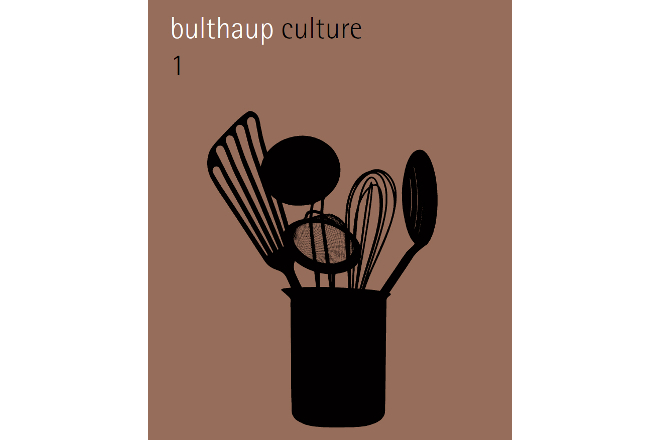
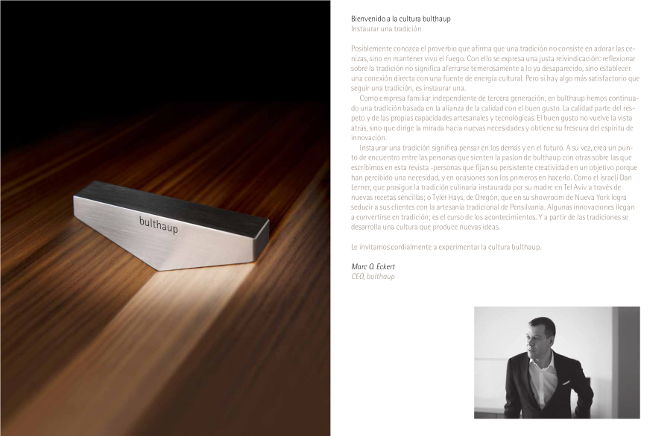
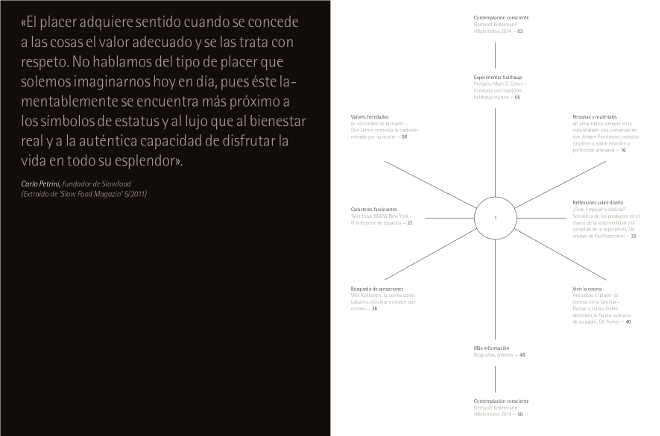
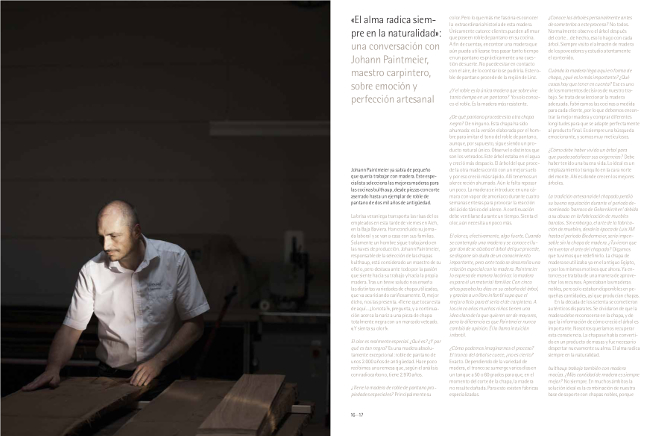
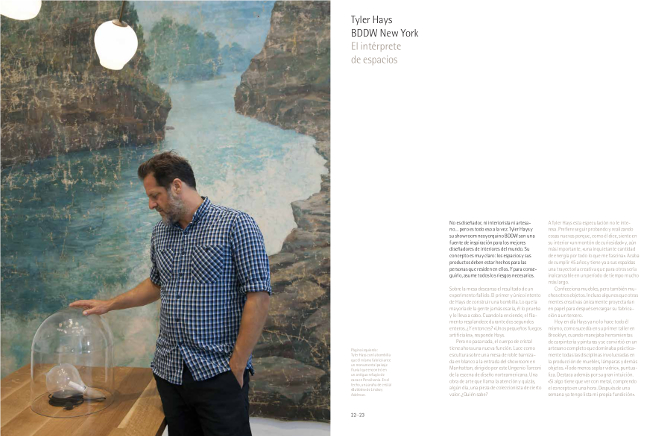
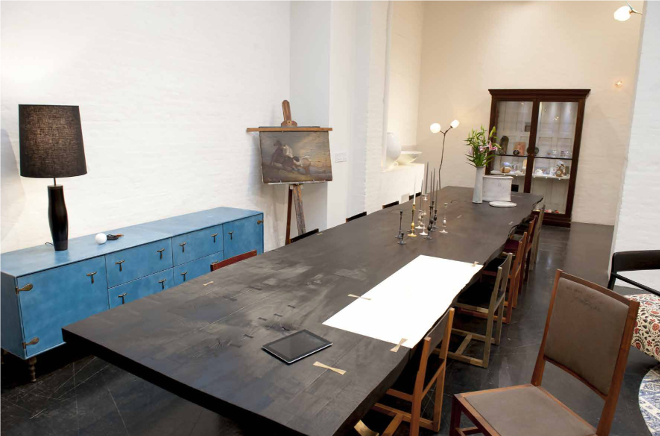
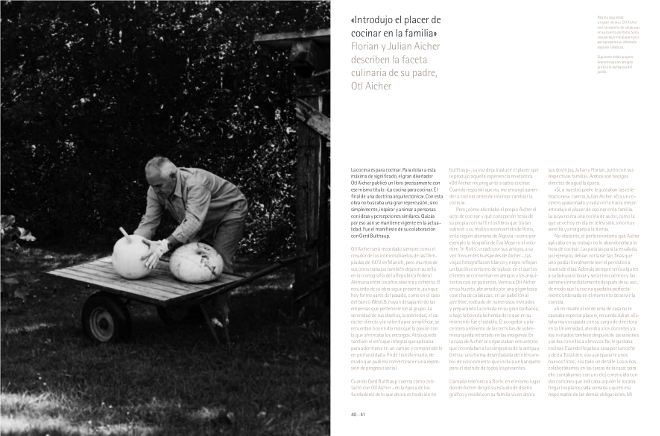
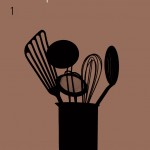





This entry has 0 Comments